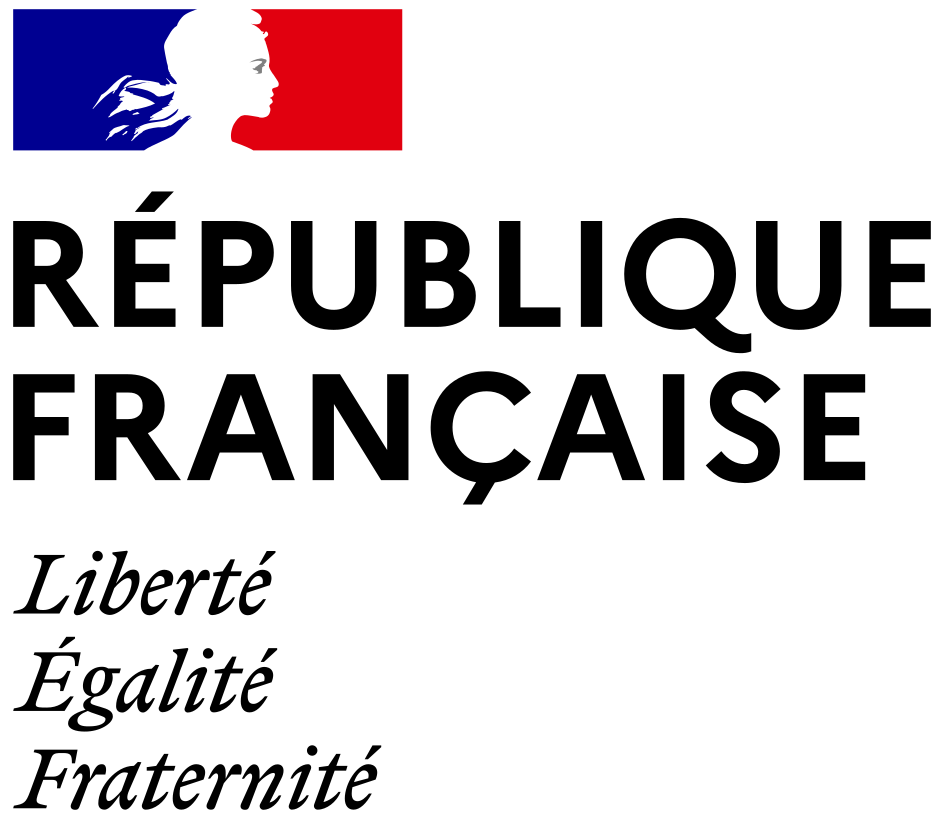Beg ar Loued, île Molène (Finistère, France), un habitat insulaire de l’âge du Bronze ancien
Résumé
Excavated between 2003 and 2011, the site of Beg ar Loued in the southern part of Molène Island yielded the remains of two superimposed dry stone houses which were occupied between 2150 and 1750 cal. BCE. At that time, the Molène archipelago was in a similar form as it is today, except the foreshores, which were much larger. The site was then a hundred meters from the shoreline. The study of the site allowed a more comprehensive understanding of the way of life of this island society. The elevations of these buildings are relatively well preserved thanks to the rather quick covering of the site by sand dunes after its abandonment. In addition, the presence of dense shell middens has allowed a quality conservation of organic remains, which allows a clear idea of the way of life of these island societies in the far west of Armorica. The architecture, the material culture and the organic remains provide keys to a better understanding of the exploitation of these insular landscapes and thus the economy of these human groups. Meanwhile, further research was undertaken to identify more closely the environment in which these human groups lived. Thus, all the remains collected allowed us to question the degree of autarky of these island communities but also to highlight their neighbouring links with the continent. Although limited to a surface area of 360 m², the excavation of the Beg ar Loued settlement has revealed the almost complete plans of two buildings in a dry stone technique which overlap partially and belong to two distinct phases of the Early Bronze Age, c. 2200-1950 and c. 2000-1750 cal. BCE. However, the eastern end of these buildings was completely levelled due to cultivation in recent times. Nevertheless, postholes and peripheral structures allow us to propose a reconstruction of these buildings as a whole. The first house was oriented east-west and had an elongated oval shape or an apse. Inside, a central hearth, the postholes supporting the framework and the last remains of a pavement could be recognised. After a short phase of abandonment, the second house which is the better preserved was built on the ruins of the first house but reducing the inner space to the west and probably to the east. Numerous arrangements make.
Fouillé de 2003 à 2011, le site de Beg ar Loued au sud de l’île de Molène a livré les vestiges de deux maisons en pierres sèches superposées et occupées de 2150 à 1750 cal. BC. À cette période, le plateau Molénais, déjà insulaire depuis le Néolithique ancien, se présentait dans une forme assez proche de l’actuel, exception faite des estrans qui étaient beaucoup plus vastes. Le site se trouvait alors à une centaine de mètres du trait de côte. L’étude du site a permis de mieux comprendre le mode de vie de cette communauté insulaire. Celle-ci pratiquait l’agriculture et l’élevage, complétés par la pêche sur estran, la collecte des patelles et, dans une moindre mesure, la chasse aux oiseaux migrateurs. La culture matérielle montre que ce groupe exploitait les ressources locales : argile, cordons de galets et affleurements rocheux. Ce tableau d’une société autarcique se doit pourtant d’être nuancé, car l’architecture des bâtiments, les formes céramiques, la technologie lithique et la métallurgie sont autant d’indices montrant que cette société n’était pas à l’écart des circuits d’échange et qu’elle était en phase avec les changements et les innovations culturels identifiés sur le proche continent. Dès lors, se pose la question de la navigation et de la nature des liens qu’entretenait cette communauté insulaire avec le continent

